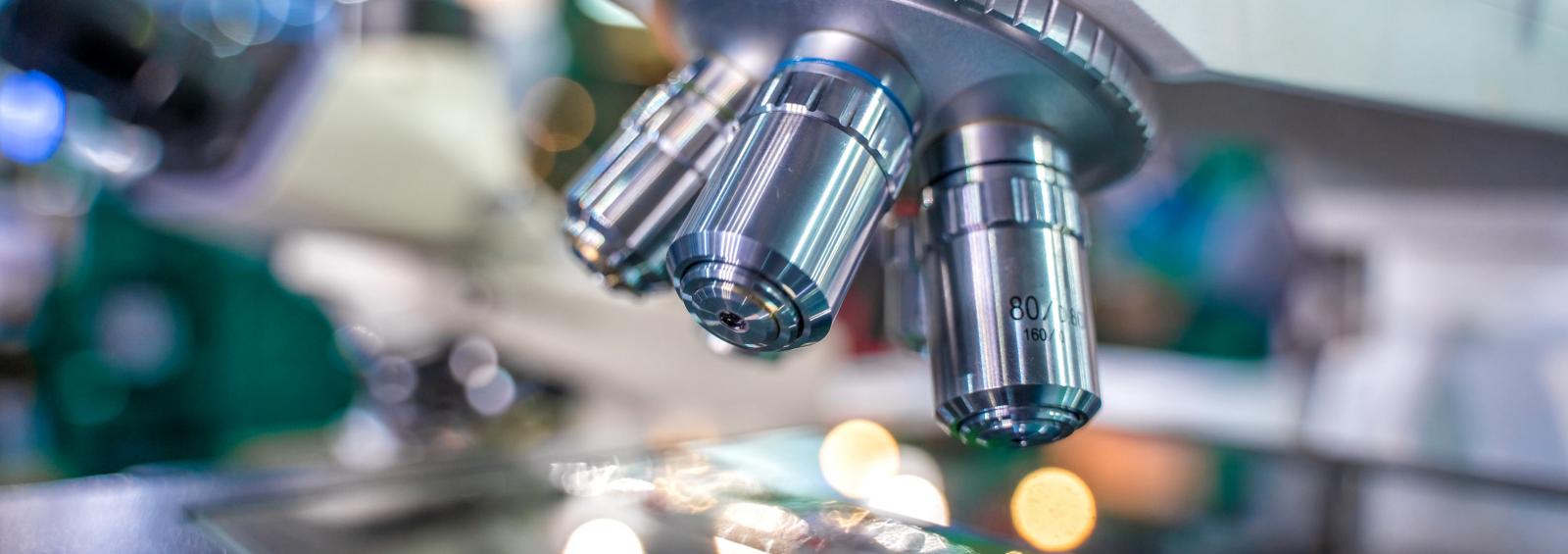Ramkhelawon Lab

The Ramkhelawon Lab at NYU Langone is focused on understanding the molecular and cellular mechanisms that underlie maladaptive vascular remodeling with specific focus on the development of aortic aneurysms (AA) and peripheral artery disease (PAD).
AA is a life-threatening cardiovascular disease that accounts for approximately 15,000 deaths annually and is responsible for one to two percent of all deaths in men over the age of 65 in the United States. Currently, surgical intervention is the only avenue to curb AA rupture and complication, with no available circulating biomarkers nor any pharmaceutical therapies to limit the growth of AA. AA is asymptomatic and often termed the silent killer. Our aim is to unlock the pathways of this life-threatening disease.
As one of the major risk factors of AA, PAD remains one of the most underdiagnosed and undertreated vascular diseases that is associated with functional impairment and deterioration of quality of life. Progressive arterial stenosis and occlusion in PAD will advance to critical limb ischemia and eventually gangrene and limb amputation. Similar to AA, there is still a wide gap of knowledge in understanding the pathobiology of PAD and to prevent excruciating complications such as limb amputation.
Our lab is particularly focused on the key events that trigger the early and persistent inflammatory response in AA and PAD, novel immuno-effector roles of platelets in AA, mapping the molecular networks induced by risk factors in AA, and applying a regenerative medicine approach as a novel therapeutic strategy for PAD. We value the translational impact of our findings and we are consolidating a biobank of human AA and PAD samples including blood, immune cells, and tissue collected from patients undergoing open surgery. We utilize cutting-edge imaging techniques to visualize AA in our established mouse model and employ single-cell sequencing (SgRNA-Seq/CITE-seq) and proteomics approaches to illuminate the molecular mechanisms responsible for the matrix degradation that manifests in AA.
Contact Us
Bhama Ramkhelawon, PhD
Assistant Professor, Departments of Surgery and Cell Biology
NYU Langone Health
Science Building, room 416 (office), room 423 (lab)
435 East 30th Street, New York, NY 10016
Office Phone: 212-263-2281
